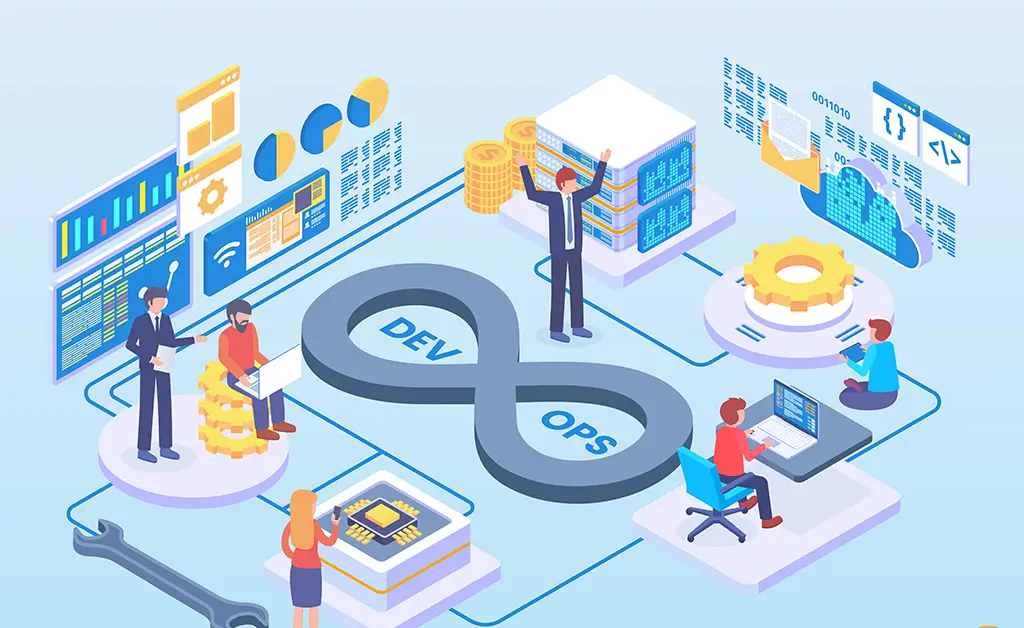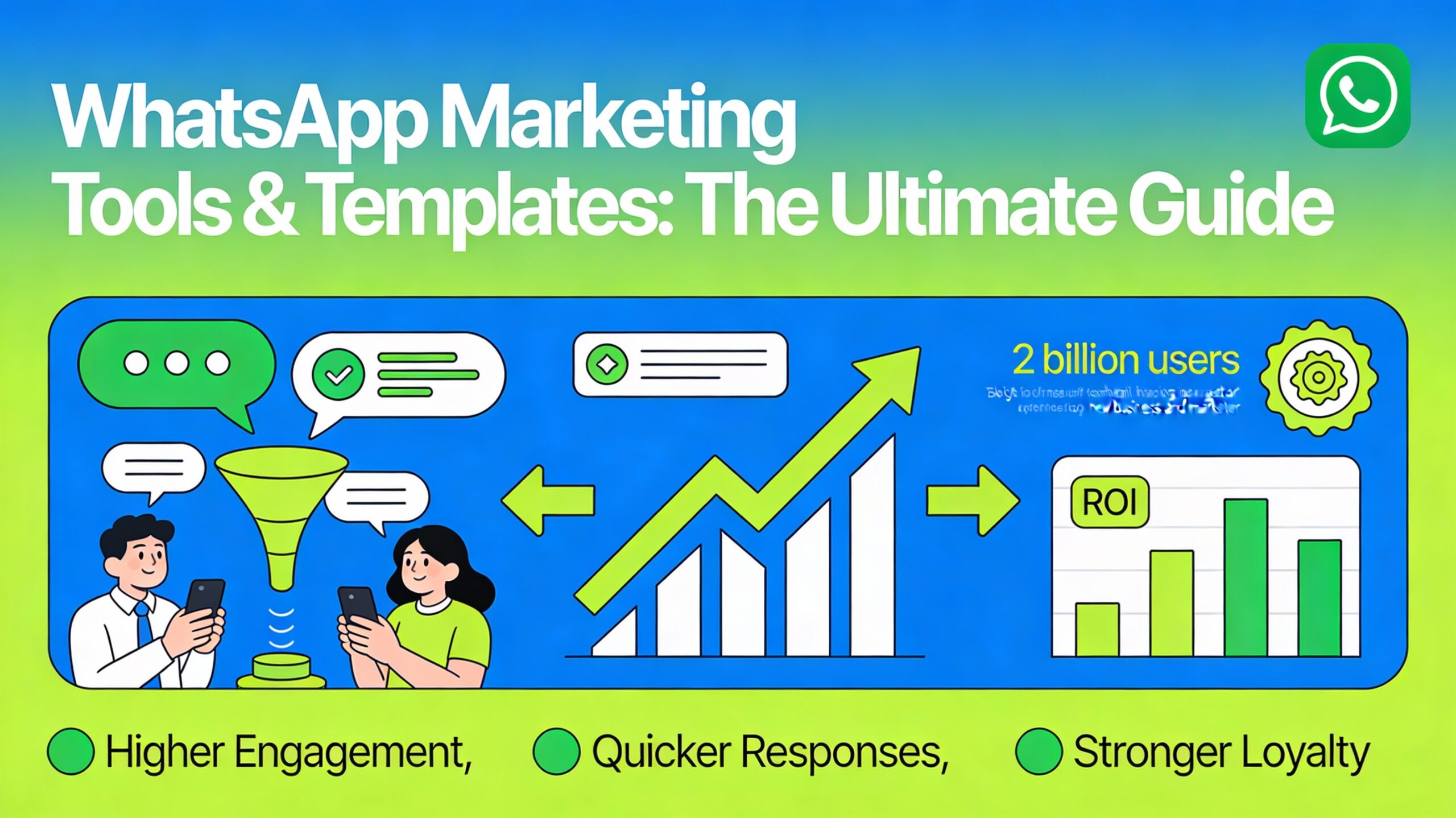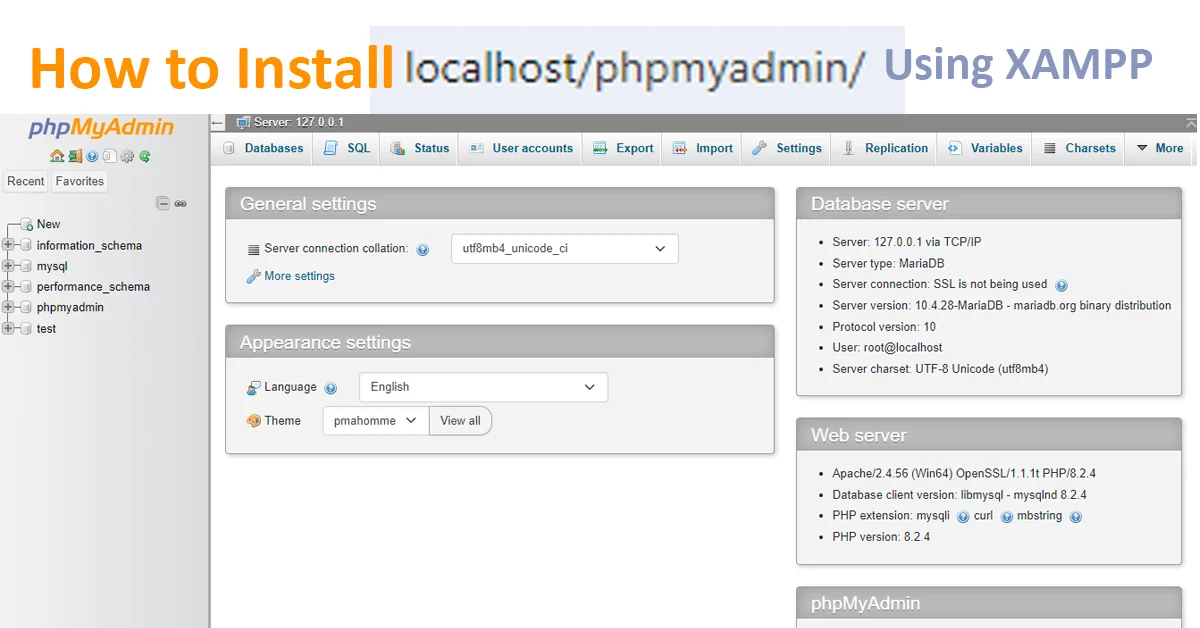The Software Development Life Cycle (SDLC) prescribes how an organization is developed. DevOps unites two areas: development and operations of software. It stresses collaboration. It also stresses automation and continuous delivery. This speeds up making and releasing software. This article explores essential DevOps tools for each SDLC stage.
DevOps Tools for Each Stage
1. Planning

Planning defines project goals. It gathers requirements and makes a roadmap. Stakeholders ensure clarity on scope, objectives, and resources. They do this through activities like feasibility studies and risk assessments.
JIRA
JIRA by Atlassian is a powerful project management tool in the software industry. It supports planning, tracking, and managing work with strong issue tracking. It also has agile project management features. It helps create user stories and task assignments. It is crucial for efficient project management. Sprint planning and progress tracking depends on it.
Confluence
Confluence, as a notable feature, is developed by Atlassian. It is a technology that could be used in the creation, sharing and co-authoring of documents in real-time collaboration or in real-time working. It is perfect for storing both project requirements and documents, meetings’ notes and designs. This helps update all stakeholders with the latest information as it relates to the business environment.
2. Coding

Coding involves writing the software’s source code based on gathered requirements. Developers select languages, frameworks, and tools. They do this while following coding standards to ensure high-quality code.
Git
Git is a distributed version control system. It lets developers track code changes. It supports branching, merging, and collaboration. It’s essential for concurrent development and forms the foundation of modern software workflows.
GitHub/GitLab/Bitbucket
GitHub, GitLab, and Bitbucket are popular platforms for Git repository hosting. They support pull requests and code reviews. They have integrated CI/CD pipelines. These features are crucial for collaborative coding. They also offer issue tracking and project management. They integrate with other DevOps tools.
3. Building

Building compiles source code into executable programs, managing dependencies, and packaging software components. Automation tools streamline this integration and readiness for deployment.
Jenkins:
Jenkins is an open-source tool employed in the execution of CI/CD. The acronyms mean that it is an application that offers automation of application creation, testing, and deployment. This ensures rapid integration and delivery of code changes. Its plugin flexibility makes it adaptable for various workflows.
Maven/Gradle:
Maven and Gradle are Java build automation tools. Maven uses XML. It manages dependencies, configurations, and plugins. Gradle uses a Groovy-based DSL. Both tools streamline builds. They automate managing dependencies. They integrate well with CI/CD pipelines.
4. Testing

Testing evaluates software to meet quality standards and functionality expectations. It includes unit, integration, system, and acceptance testing. They often use automated tools to find bugs and verify the software.
Selenium:
Selenium is one of the tools mostly used for automating the testing of web-based applications. It often can support many programming languages like Java, C#, and can even support Python. It also works with browsers. This lets developers simulate user interactions. Selenium is critical for validating web applications across different environments.
JUnit/TestNG:
JUnit and TestNG are Java testing frameworks. They provide annotations. The annotations define test methods and assertions. The assertions confirm outcomes. They also support parallel test execution. These frameworks are essential for early bug detection in the development cycle.
5. Releasing

Releasing prepares software for distribution. It involves packaging, making release notes, and doing final quality checks. Continuous delivery practices automate this process for reliable production readiness.
Docker:
Docker is a containerization platform. It packages applications and their dependencies into portable containers. This ensures consistent performance across environments. It makes deployment and scaling easy, thus refining the release of the product.
Kubernetes:
Kubernetes automates deployment. It does this not only in releasing but also during deployment. It ensures reliable deployment and scalability. It lets developers focus on app development instead of infrastructure.
6. Deploying

Deploying installs and configures software in production environments, ensuring accessibility and operational functionality. Automation tools manage staging, pre-production, and production environments.
Terraform:
Terraform, sponsored by HashiCorp, allows Infrastructure as Code execution. The former is a high-level language for defining and provisioning data centre infrastructure. Most cloud providers are supported, making it easy to manage and scale common online environments.
AWS/GCP/Azure:
AWS, GCP, and Azure are top cloud providers. They offer many services for deploying and managing applications. They ensure scalability, security, and reliability. This makes them great for hosting modern cloud apps.
7. Operating

Operating focuses on maintaining software in production. It involves monitoring performance, managing infrastructure, and doing proactive maintenance. Automation and monitoring tools detect and resolve issues promptly.
Nagios/Zabbix:
Nagios and Zabbix are monitoring tools. They give insights into IT health and performance. They provide alerting, reporting, and visualization features. These resolve problems quickly, ensuring the app remains stable.
ELK Stack (Elasticsearch, Logstash, Kibana):
ELK stack consists of Elasticsearch under search and analytics. It has Logstash for data processing and Kibana for visualization. It helps teams collect, analyze, and visualize log data. It gives insights into app performance and security.
8. Monitoring

Monitoring involves watching software and infrastructure. It includes collecting metrics, analyzing logs, and setting alerts. This is to address issues before they affect users. Effective monitoring enhances reliability and performance.
Prometheus:
Prometheus is an open-source tool known for reliable and scalable monitoring and alerting. It collects metrics from many services. It stores them in a time-series database. It offers strong querying. Another is that it is quite compatible when working with Prometheus for visualization with Grafana.
Grafana:
Grafana is one of the mentioned tools for monitoring and observability and is established as an open-source tool. One of it is that it enables creation of interactive dashboards via coupling with various data sources such as the Prometheus. Grafana allows teams to see metrics. They can also set alerts and gain insights into app performance.
Conclusion
In software development, leveraging essential DevOps tools for each SDLC stage is crucial. These tools streamline processes, boost collaboration, and enable continuous delivery of high-quality software. Integrating them into your workflow enhances efficiency, reliability, and agility in your projects.









